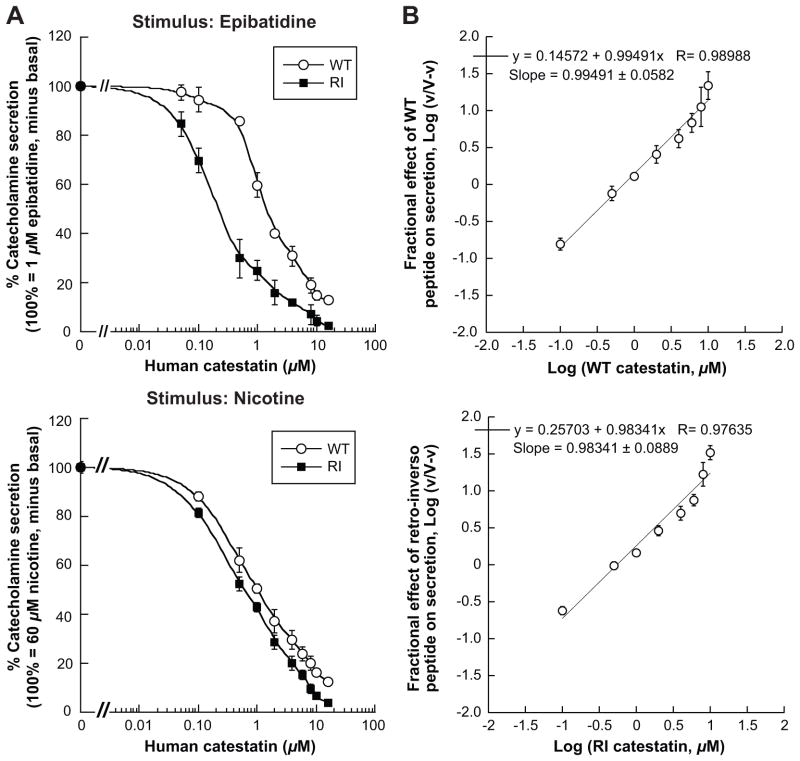Figure 1. Catestatin peptidomimetics: Potency for secretory inhibition during nicotinic cholinergic stimulation.
(A) During agonist [epibatidine (left upper panel) or nicotine (left lower panel)] induced catecholamine secretion, the responses were inhibited by human catestatins: wild type or retro-inverso peptides. PC12 cells were labeled with [3H]-norepinephrine and were incubated with epibatidine (1 μmol/L) in absence or presence of ascending doses (0.05, 0.1, 0.5, 1, 2, 4, 8, 10, 16 μmol/L) of W-T or R-I peptides. Control (100%) net epinephrine release represents the release in the presence of epibatidine alone. Results were analyzed by two-way ANOVA evaluating the effect of peptide (F=154.5; p<0.0001), dose (F=184.9; p<0.0001) and peptide/dose interaction (F=9.22; p<0.0001). In the left lower panel, PC12 cells were labeled with [3H]-norepinephrine and then incubated with 60 μmol/L nicotine, either alone or in combination with ascending doses of each peptide (0.1 to 16 μmol/L), just as done in the upper panel. Results were analyzed by two-way repeated-measure ANOVA evaluating the effect of peptide (F=45.84, p<0.0001) and dose (F=292.4, p<0.0001).
(B) Testing for cooperativity of the catestatin peptides, W-T (upper panel) and R-I (lower panel) in the inhibition of secretion: Hill plots. The plot assess the fractional effect of ascending doses (as above) of catestatin peptides to inhibit catecholamine release triggered by 60 μmol/L nicotine from PC12 cells. The slope is the Hill coefficient represents the cooperativity of binding of catestatin ligand, where a slope = 1 indicates non-cooperativity.

